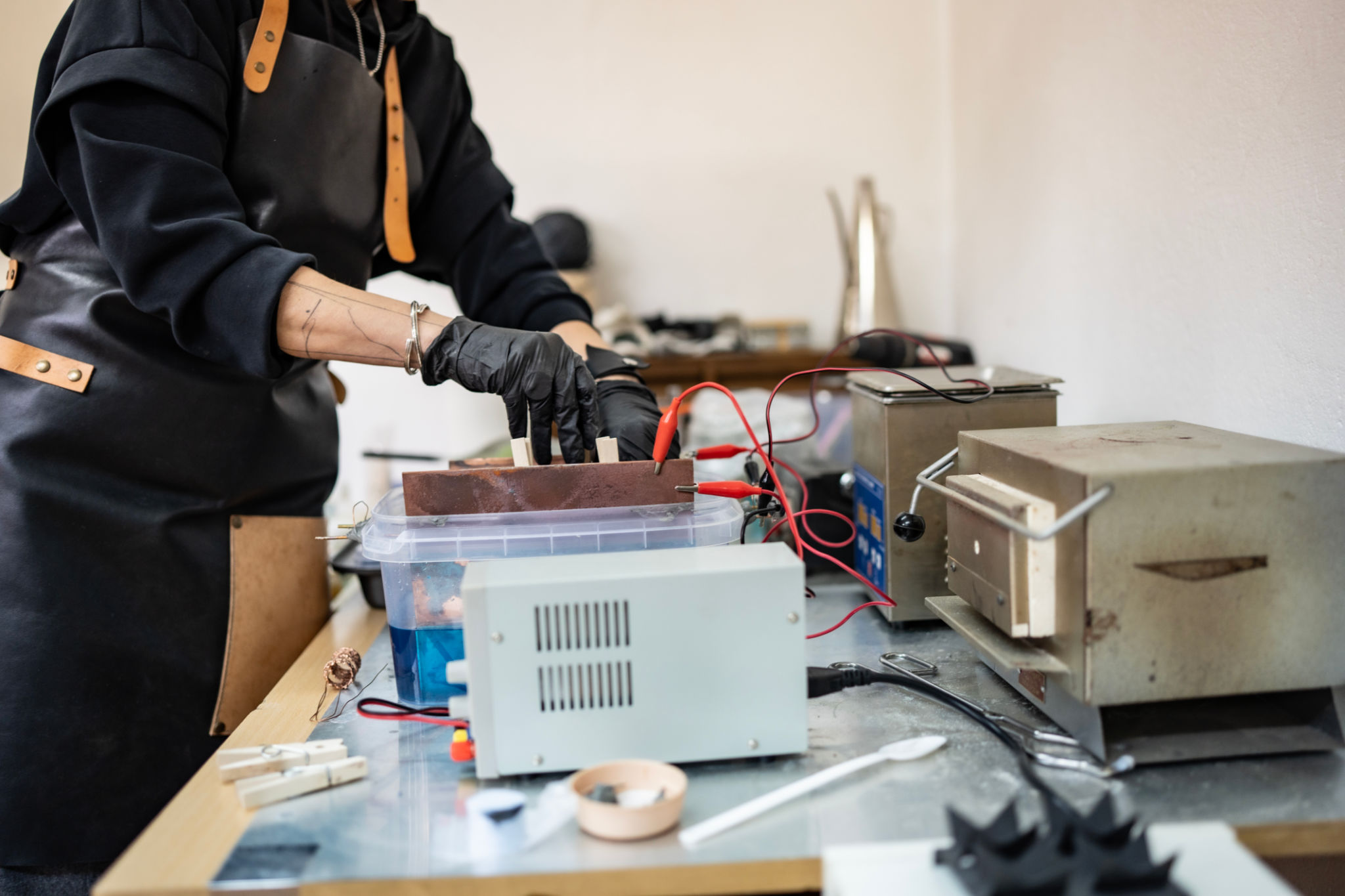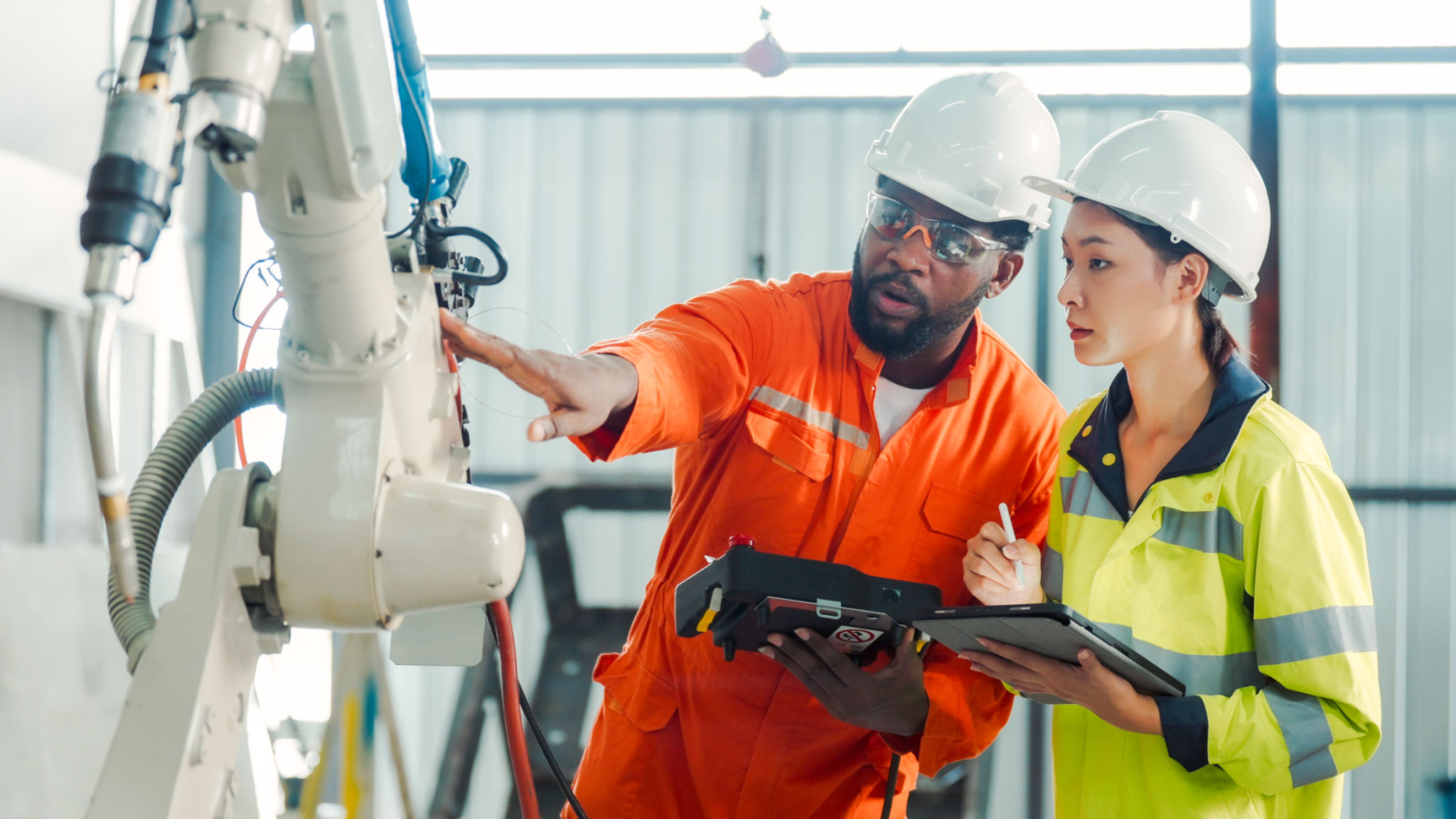A Comprehensive Guide to Choosing Robotic Systems for Electroplating
Understanding the Basics of Electroplating
Electroplating is a process that uses electrical currents to reduce dissolved metal cations, allowing them to form a coherent metal coating on an electrode. This technique is widely used in various industries for coating metal objects to enhance their properties, such as corrosion resistance, aesthetic appeal, and hardness. With the advent of robotic systems, electroplating has become more efficient and precise, allowing businesses to scale operations while maintaining high-quality standards.

The Importance of Robotic Systems in Electroplating
Incorporating robotic systems into electroplating processes brings numerous advantages. They offer consistent quality by minimizing human error and ensuring uniform coating thickness. These systems also increase production speed, allowing for higher throughput without compromising quality. Additionally, robots can operate in hazardous environments, reducing the risk to human workers and enhancing workplace safety.
When choosing a robotic system for electroplating, it is essential to consider factors such as the complexity of the components being plated, the required precision, and the production volume. These elements will influence the type of robotic system best suited for your needs.
Key Factors to Consider When Choosing a Robotic System
Selecting the right robotic system involves a thorough assessment of your specific requirements. Here are some critical factors to consider:
- Flexibility: Ensure the robotic system can handle various component sizes and shapes to accommodate your production needs.
- Precision: The system should offer high accuracy to achieve the desired coating thickness consistently.
- Durability: Consider systems designed to withstand harsh chemical environments typical in electroplating processes.

Understanding Different Types of Robotic Systems
There are several types of robotic systems available for electroplating applications. The most common types include:
- Articulated Robots: These robots have rotary joints and are known for their flexibility and ability to perform complex tasks with precision.
- Cartesian Robots: Featuring linear axes, these robots are ideal for straightforward, repetitive tasks, offering reliability and ease of programming.
- SCARA Robots: Known for their speed and precision in horizontal movements, these robots are suitable for certain types of electroplating applications.
Integrating Robotic Systems into Your Electroplating Process
The successful integration of robotic systems into your electroplating process requires careful planning and execution. Start by assessing your current workflow and identifying areas where robots can add the most value. Collaborate with system integrators and equipment manufacturers to ensure a smooth transition and optimal setup.
Training your team to work alongside robotic systems is equally important. Ensure operators understand how to program and maintain these systems to maximize their benefits.

The Future of Electroplating with Robotics
As technology continues to advance, the future of electroplating looks promising with further integration of robotics. Innovations such as artificial intelligence and machine learning are set to enhance robotic capabilities, making processes even more efficient and adaptable. Investing in these technologies today can position your business at the forefront of industry advancements.
In conclusion, choosing the right robotic system for electroplating involves a careful balance of understanding your needs, evaluating options, and planning for future advancements. By doing so, you can enhance the quality, efficiency, and safety of your electroplating operations.
